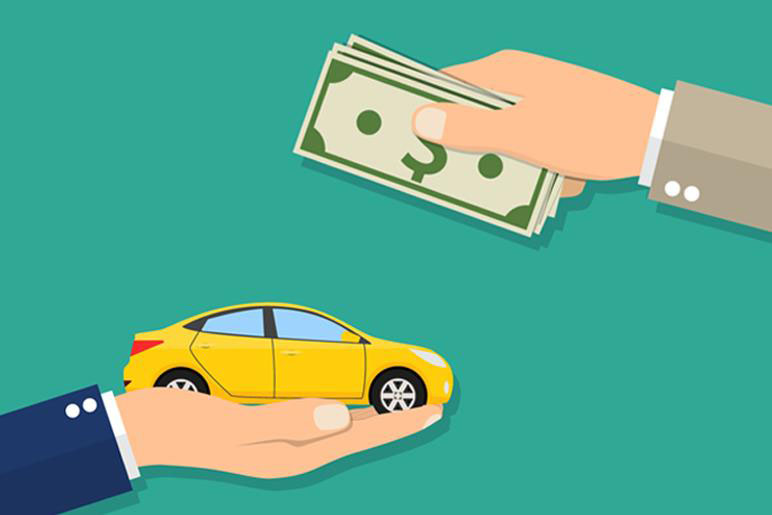
Image Source: Google
When it comes to car insurance, the price can sometimes feel like a mystery. Why do rates vary so much from one person to the next? What factors are at play when determining the cost of coverage? Understanding how car insurance rates are calculated can help savvy shoppers make informed decisions and potentially save money on their premiums.
One of the biggest factors that influence car insurance rates is the driver's personal information, such as age, gender, and driving record. Younger drivers, especially teenage males, tend to pay higher premiums because they are statistically more likely to get into accidents. On the other hand, older drivers with clean driving records typically enjoy lower rates. Additionally, where you live can also impact your premiums. Urban areas with higher rates of traffic congestion and theft may have higher insurance costs compared to rural areas.
Another key factor that affects car insurance rates is the type of coverage you choose. Basic liability coverage is usually the cheapest option, as it only covers damages to other vehicles and property in the event of an accident. On the other hand, comprehensive and collision coverage, which pay for damages to your own vehicle, tend to be more expensive. However, having these additional coverages can provide peace of mind and financial protection in the event of an accident.
Furthermore, the make and model of your vehicle can also impact your insurance rates. Cars that are more expensive to repair or replace, such as luxury vehicles, generally have higher insurance premiums. Additionally, vehicles with a higher likelihood of being stolen or involved in accidents may also have higher insurance costs. Before purchasing a new car, it's a good idea to research how its make and model will affect your insurance rates.
Your driving habits and mileage can also play a role in determining your car insurance rates. Drivers who commute long distances or spend a lot of time on the road may be considered higher risk and therefore face higher premiums. Similarly, drivers with a history of traffic violations or accidents may also see their rates increase. On the other hand, taking defensive driving courses or installing safety features in your vehicle can sometimes lead to discounts on your insurance premiums.
Insurance companies also take into account your credit score when calculating your car insurance rates. Studies have shown that individuals with lower credit scores are more likely to file insurance claims, so they may be charged higher premiums as a result. Improving your credit score can potentially lead to lower insurance costs over time. Additionally, bundling your car insurance with other policies, such as homeowners or renters insurance, can sometimes lead to discounts with certain insurance providers.
When shopping for car insurance, it's essential to compare quotes from multiple insurance companies to ensure you're getting the best deal. Prices can vary significantly between providers, so taking the time to research and compare rates can pay off in the long run. Additionally, be sure to inquire about any discounts you may be eligible for, such as safe driver discounts, multi-policy discounts, or discounts for paying your premium in full upfront.
Understanding how car insurance rates are determined can help savvy shoppers make informed decisions when it comes to purchasing coverage. By considering factors such as personal information, coverage options, vehicle make and model, driving habits, credit score, and discounts, drivers can work towards finding the best insurance policy at a price that fits their budget. With a little research and comparison shopping, savvy shoppers can decode car insurance rates and potentially save money on their premiums.